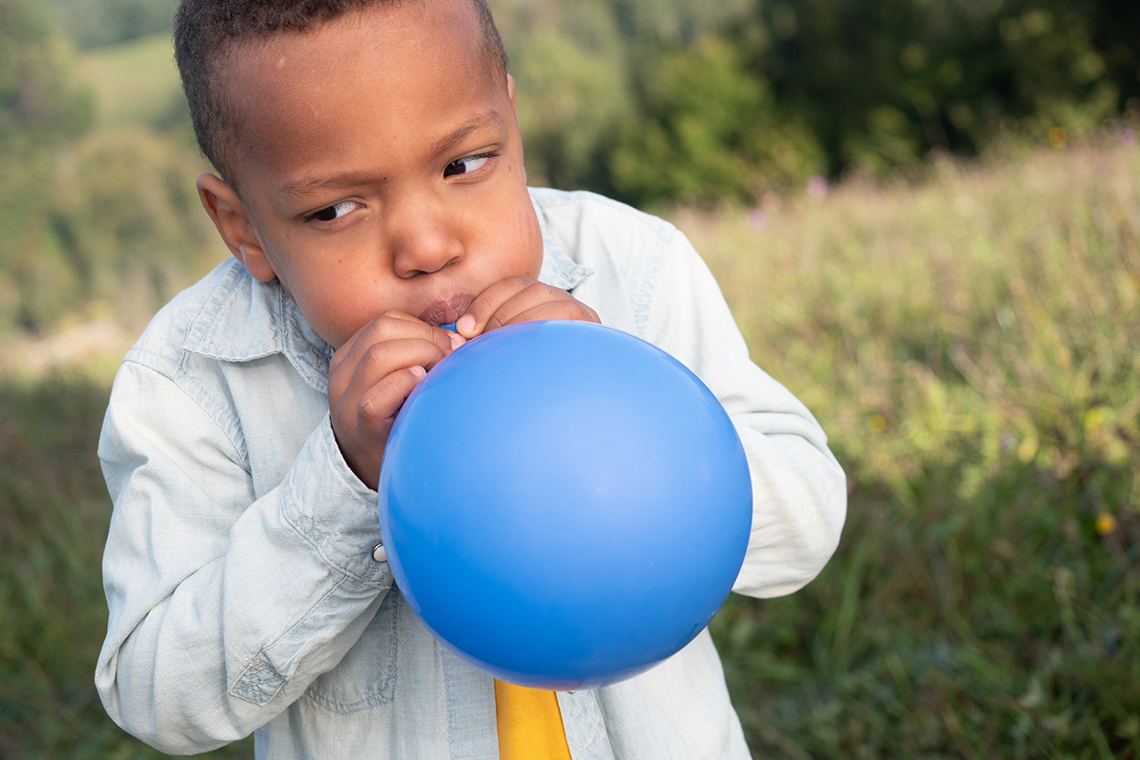Minds On
Let’s warm up!
Don’t forget to do your safety check!
Warm Up
Warm up

Find a comfortable position and take a deep breath in through your nose.
Slowly start to blow out through your mouth. Pretend you are blowing up a huge balloon. Once your balloon is as big as it can be, let it go! Then take another deep breath in and blow up another balloon!
Access the next audio recording entitled “Balloon Breathing Activity” to follow this exercise.
Balloon Breathing Activity
Drama game
Check out the following two audio recordings. Take the three words given in each audio recording and make up a story.
Access the following audio recording entitled “Words 1” to find out the first set of words and make up a story with them.
Words 1
Now try it again!
Explore the following audio recording entitled “Words 2” to find out the second set of words and make up another story.
Words 2
Good job!
Let’s get started
Explore the following story. What do you notice? What do you wonder?
Action
Get ready, get set…
What is perspective?
Every story is told from a perspective. When we explore stories, we find different perspectives.
The following are two examples:
First-person perspective
The narrator is a character in the story.
The narrator tells the story from their perspective.
Word clues that signal a story is being told from the first-person perspective include the following:
| I | me | my |
| we | us | our |

Third-person perspective
The narrator is not a character in the story.
The narrator tells the story by making observations about characters and events.
Word clues that signal a story is being told from the third-person perspective include the following:
| they | them | theirs |
| she | her | hers |
| he | him | his |

Go!
In drama, different characters in a play can have different perspectives.
In Goldilocks and the Three Bears, the story might change based on who was telling the story. Goldilocks might explain what happened differently than the three bears.
Goldilocks’ perspective

Access the following audio recording entitled “Goldilocks’ Perspective” to explore Goldilocks’ side of the story. Goldilocks uses first-person perspective. What kind of word cues tell us that a story is told in first-person perspective?
Goldilocks’ Perspective
Press ‘Answer’ to access the first-person perspective word cues.
|
I |
me |
my |
|
we |
us |
our |
Pause and Reflect
Pause and reflect
Let’s take a moment and reflect on the following questions:
How does the story change now that you explored it from Goldilocks’ perspective?
If you were Goldilocks, would you have eaten the porridge and slept in the bed?
If you were Goldilocks, what would you say to the three bears?
When we act out a character in the story, we are taking on a role. We do this by understanding the character’s thoughts and feelings as best we can. We use our understanding of the character to take on the role. For example, if the character was a monkey, we wouldn’t act like a giraffe, right?

Try It
Try it
Act, tell a story, draw a picture, or create a recording about what you would do if you were Goldilocks. Consider adding your work to your drama portfolio.

Baby Bear’s perspective
Now let’s explore the story from Baby Bear’s perspective.

Access the following audio recording entitled “Baby Bear’s Perspective” to explore Baby Bear’s side of the story.
Baby Bear’s Perspective
Pause and Reflect
Pause and reflect
Let’s take a moment and reflect on the following questions:
How does the story change now that you explored it from Baby Bear’s perspective?
If you were Baby Bear, what would you say to Goldilocks?
When we act out a character in the story, we are taking on a role. We do this by understanding the character’s thoughts and feelings as best we can. We use our understanding of the character to take on the role. For example, if the character was a monkey, we wouldn’t act like a giraffe, right?

Try It
Try it
Act, tell a story, draw a picture, or create a recording about what you would do if you were Baby Bear. Consider adding your work to your drama portfolio.

Consolidation
A new perspective

What role will you pretend to be?
Think about the story of Goldilocks and the Three Bears. What if someone else was there? What would the story be like from their perspective?
Choose a character or come up with your own and determine the perspective of that character.
Example of characters can include the following:
- a neighbour
- another bear
- a firefighter
Decide which role you will adopt. When we act out a character in the story, we are taking on a role. In order to take on the role, think about your character’s:
- Thoughts: What would your character think of the situation?
- Feelings: What kinds of emotions would your character feel?
- Actions: What would your character do in the situation?
Once you have chosen your character, act it out, narrate it, draw a picture, or create an audio recording. Consider adding your work to your drama portfolio.
Portfolio
Drama portfolio
Consider adding the answers to the following reflection questions to your drama portfolio.

How do you feel when you take on a character?
What happens when you take on the role of different characters?
What do you learn from characters?
Why is it important to understand different perspectives?
What did you enjoy about being in role?
How might you change or add to your character next time?
Reflection
How do you feel about what you have learned in this activity? Which of the next four sentences best matches how you are feeling about your learning? Press the button that is beside this sentence.
I feel…
Now, record your ideas about your feelings using a voice recorder, speech-to-text, or writing tool.